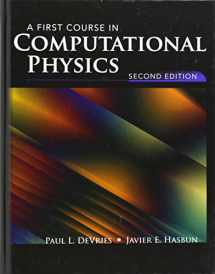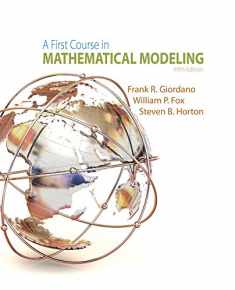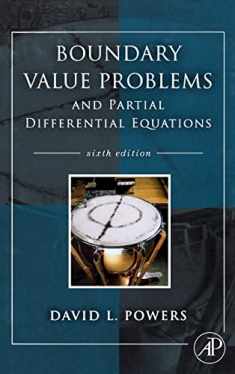
A First Course in Computational Physics
Book details
Summary
Description
Computers And Computation Are Extremely Important Components Of Physics And Should Be Integral Parts Of A Physicist’S Education. Furthermore, Computational Physics Is Reshaping The Way Calculations Are Made In All Areas Of Physics. Intended For The Physics And Engineering Students Who Have Completed The Introductory Physics Course, A First Course In Computational Physics, Second Edition Covers The Different Types Of Computational Problems Using MATLAB With Exercises Developed Around Problems Of Physical Interest. Topics Such As Root Finding, Newton-Cotes Integration, And Ordinary Differential Equations Are Included And Presented In The Context Of Physics Problems. A Few Topics Rarely Seen At This Level Such As Computerized Tomography, Are Also Included. Within Each Chapter, The Student Is Led From Relatively Elementary Problems And Simple Numerical Approaches Through Derivations Of More Complex And Sophisticated Methods, Often Culminating In The Solution To Problems Of Significant Difficulty. The Goal Is To Demonstrate How Numerical Methods Are Used To Solve The Problems That Physicists Face. Read The Review Published In Computing In Science & Engineering Magazine, March/April 2011 (Vol. 13, No. 2) © 2011 IEEE, Published By The IEEE Computer Society


We would LOVE it if you could help us and other readers by reviewing the book
Book review





